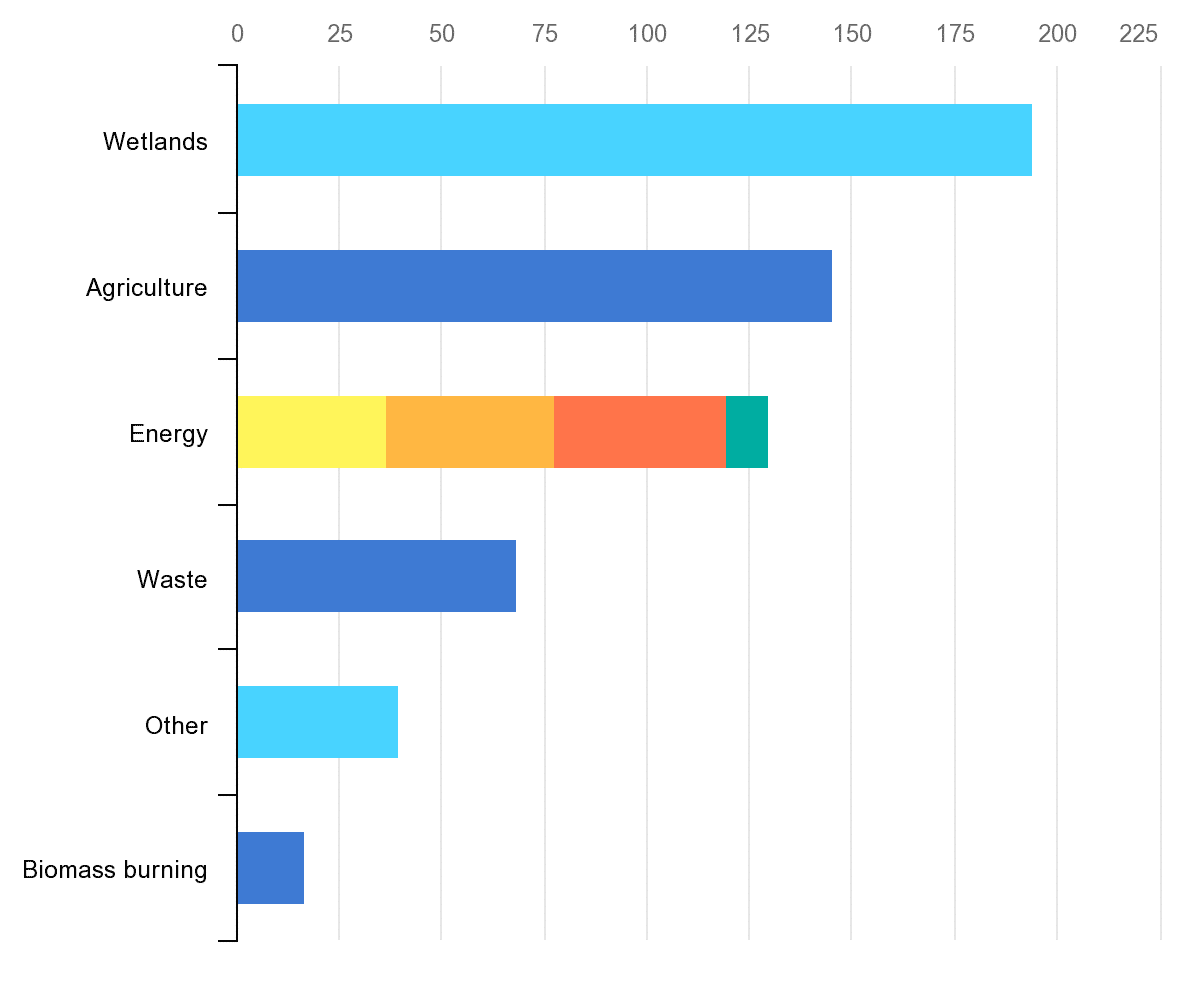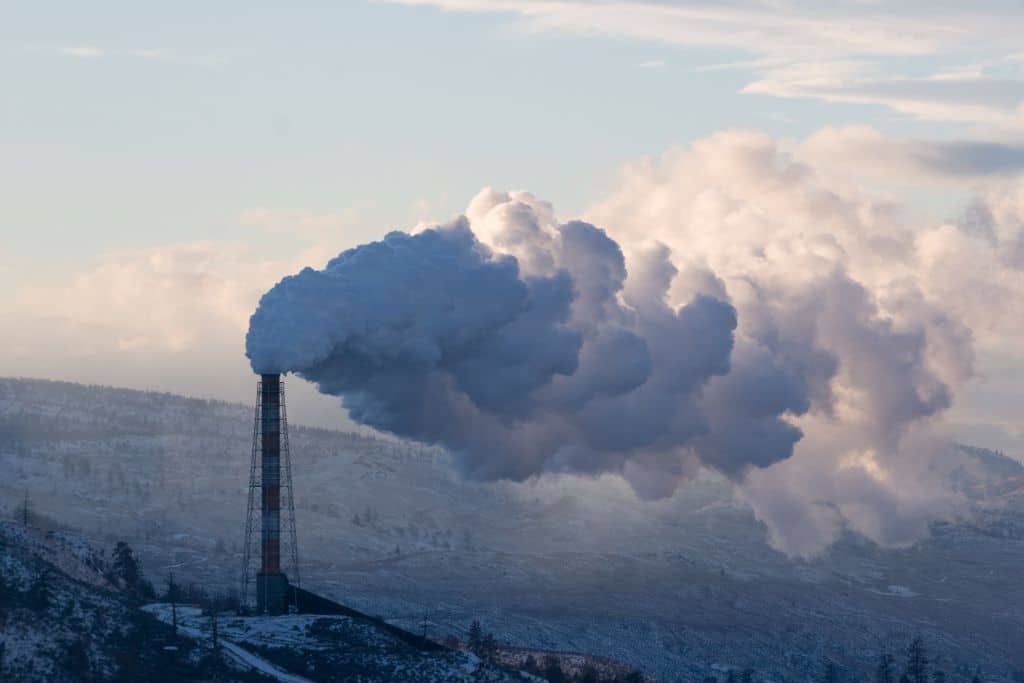An investigation by The Guardian revealed details about more than 1,000 “super-emitter” sites pumping methane into the atmosphere, including 55 so-called ‘methane bombs’ around the world and their potential to release enormous quantities of the planet-warming gas.
—
Methane bombs – “gas fields where leakage alone from the full exploitation of the resources would result in emissions equivalent to at least a billion tonnes of CO2” – represent a huge threat to the climate and have the potential to release methane levels equivalent to three decades of all US greenhouse gas emissions, a new investigation by The Guardian has revealed.
The newspaper disclosed details of more than 1,000 sites pumping the potent gas into the atmosphere – the worst of which, a leak of 427 tonnes an hour that occurred last August near Turkmenistan’s Caspian coast, generated the same amount of pollution as 67 million cars. Scientists behind the investigation warned about these sites’ potential to trigger a series of climate tipping points. Detected through satellite imagery, the “super-emitter” sites are scattered around the world but most of them are found in the US, Russia, and Turkmenistan.
Methane (CH4) is a major contributor to total greenhouse gas (GHG) emissions, second only to carbon dioxide (CO2). Besides its worryingly growing emission, methane is found to be a significant and impactful GHG that is 84 times more potent in trapping heat than carbon dioxide over a two-decade period. The gas, which comes from numerous sources including agriculture and farming as well as the oil and gas industry, also possesses a global warming potential 25 times more than that of CO2.

Sources of methane emissions. Image by International Energy Agency (IEA)
You might also like: The Importance of Addressing Planet-Warming Methane Emissions in the Energy Sector
Methane nowadays accounts for about 25% of global heating. Global methane emissions have been on the rise in the past two decades, with an annual increase, the largest since 1983, of 17 parts per billion in atmospheric methane in 2021, the last year for which full data is available. Atmospheric methane levels are also shown to be 162% higher than pre-industrial levels, alarming the scientific community. Indeed, this rapid acceleration may trigger dangerous climate tipping points, hampering global efforts to keep global warming below 1.5C.
One such tipping point is the thawing of permafrost, a mixture of rock, soil, sediment, ice, and organic material that remains frozen for at least two years. It is isolated from the atmosphere by a boundary called an “active layer”, consisting of live plants in summer, with added snow in winter. The active layer transfers heat from or to the permafrost. This permanently frozen layer below the Earth’s surface – which covers parts of Siberia, Alaska northern Canada, and the Tibetan plateau – also holds the largest global carbon reserve from plants and animals that died and decomposed over thousands of years, estimated at about 1,400 billion tons of carbon, nearly double the amount present in the atmosphere.
As the climate warms and permafrost begins to thaw, carbon dioxide and methane are released into the atmosphere. The spread of these highly toxic gases, scientists warn, would add up to 0.3C to global warming and could lead to humanity reaching other tipping points of climate change much faster.
“The current rise in methane looks very scary indeed,” Prof Euan Nisbet, at Royal Holloway, University of London in the UK told The Guardian. “Methane acceleration is perhaps the largest factor challenging our Paris agreement goals. So removing the super-emitters is a no-brainer to slow the rise – you get a lot of bang for your buck.”
Given the looming threat of methane, nations have committed to a Global Methane Pledge, agreeing to cut emissions by 30% from 2020 levels by the end of the current decade. Since its announcement at COP26 in Glasgow in 2021, the number of signatory countries has risen to 150, but the largest methane emitters including China, Russia, Turkmenistan, and India remain outside the deal.
You might also like: Examining the Efficiency of A Methane Tax on Cattle


















